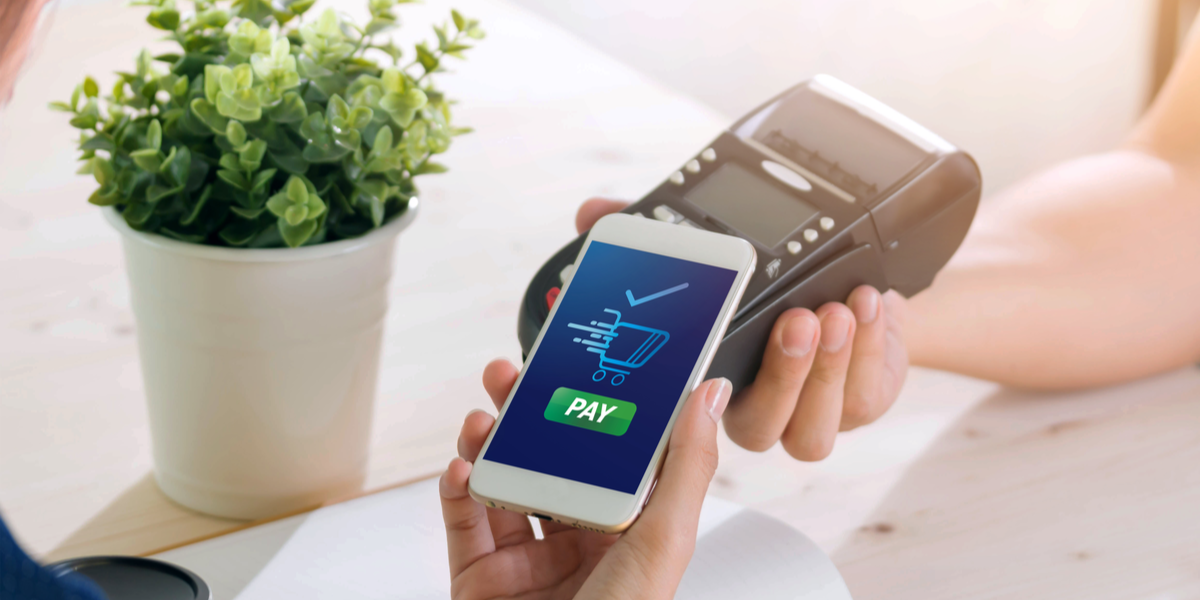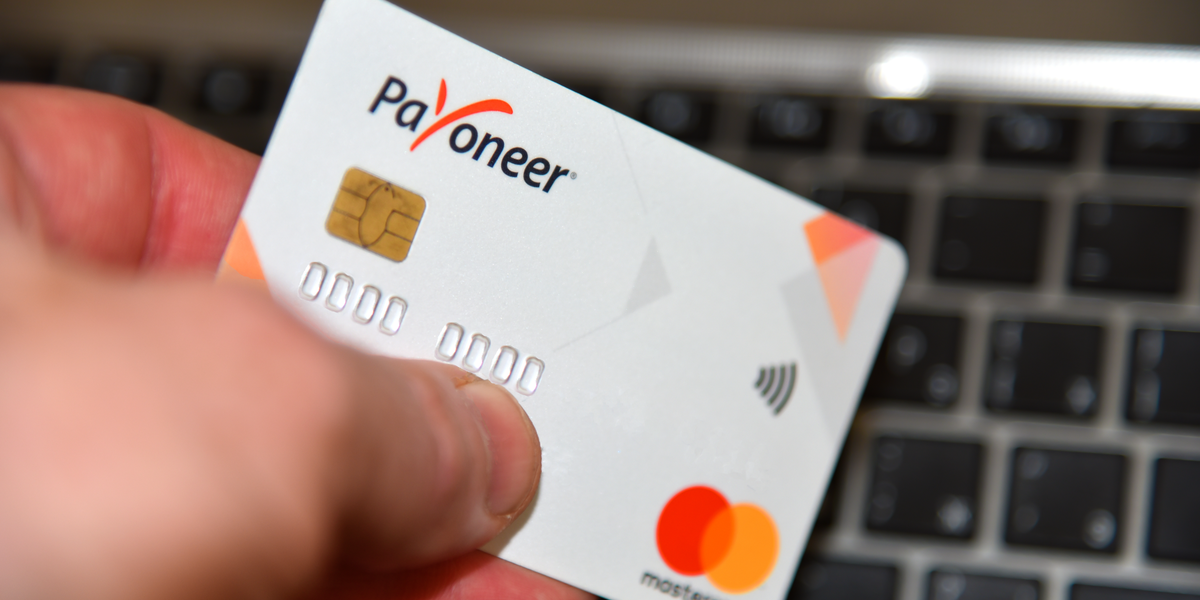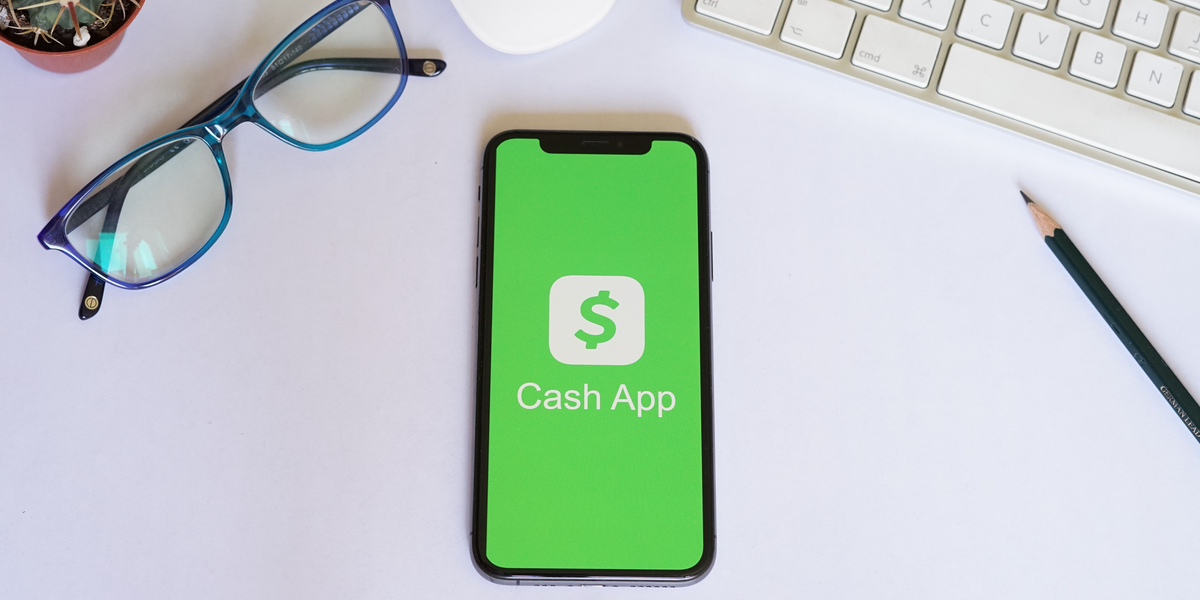QR Codes
Table of Contents
- What Is a QR Code Payment?
- Where Are QR Payments Already Being Used?
- Merchant vs. Customer Presentation for QR Codes
- How QR Code Payments Could Change E-commerce
- What Is a Merchant QR Code?
- What Does the QR in QR Code Stand For?
- Are QR Codes Safe?
For many people in the United States, QR codes seemed like a passing fad until relatively recently. Mostly appearing on posters and other public advertisements, they often directed customers to a company website or a signup page for an email list. QR codes could only be scanned by downloading a separate app, and there was little incentive to do so. It wasn't until iOS and Android integrated the ability to scan QR codes into their default camera apps that QR codes began their comeback.
In other countries, however, QR codes were already well on their way to becoming one of the most ubiquitous methods of payment. In many countries, especially in Asia, the adoption of smartphones has significantly outpaced the adoption of credit cards, leading to higher demand for mobile payments than in the US. Combined with mobile payment apps, QR codes are an easy way to make sure the payment goes to the right person.
While QR codes aren't widely used by US merchants yet, the increasing adoption of payment apps like Cash App and Venmo that use QR codes may change that in the near future. Let's take a look at what merchants need to know about QR code payments.
 Digital marketing firm Juniper Research predicted that the use of QR codes for electronic payments in the US will increase by 240% from 2020 to 2025. Some retailers and tech companies are already paving the way for this incoming QR explosion.
Digital marketing firm Juniper Research predicted that the use of QR codes for electronic payments in the US will increase by 240% from 2020 to 2025. Some retailers and tech companies are already paving the way for this incoming QR explosion.
QR codes have been implemented in a number of new use cases outside of payments, most notably in two-factor authentication apps, which scan a QR code to sync with a new account. As customers become more accustomed to using QR codes, there's more incentive for merchants to include them in their available methods of payment.
What Is a QR Code Payment?
What does this mean for merchants and their customers?
- QR codes can be scanned from digital surfaces like mobile phone screens, opening up many possibilities for digital information transfer.
- They have integrity checks built-in so that a QR code can be read even if part of it is damaged or obscured.
- QR codes can be encrypted.
- QR codes can store URLs, payment information, text, or geolocation data.
A QR code payment uses a scanner or camera that can read and process the information—often the camera on a smartphone—along with software that can use that information to process a payment. Usually, that means a mobile payment app of some sort.
By default, QR codes must be generated for use with a specific payment app. A code generated by Venmo can't be used to make a payment in Cash App, for example. Most countries where QR code payments are common have either a single dominant payment app or a compatibility agreement between the two most popular ones. In the US, compatibility may present a more significant obstacle.
Where Are QR Payments Already Being Used?
The collective total of mobile payments surpassed $13 trillion dollars last year, with most of that figure coming from QR code payments on the WeChat and Alipay apps.
Recognizing that these payments represent a huge chunk of their consumer economy, China is taking steps to regulate and standardize mobile payments.
Where China goes, other countries in its economic sphere tend to follow. India, for example, has taken steps to reduce the amount of cash circulating in its economy, with QR code payments enabled by mVisa filling in the gaps. In many other countries, where access to traditional banking companies is limited and cash is unreliable or hard to come by, mobile payment systems have been eagerly adopted, giving financial empowerment to many people who had been shut out of these markets in years past.
Over the past decade, standardized QR code payments have become the norm in Southeast Asia, especially in countries like Thailand, Singapore, Indonesia, and Vietnam.
Merchant vs. Customer Presentation for QR Codes
The big question facing businesses looking to facilitate QR code payments is whether to adopt merchant-presented or customer-presented QR codes for payment scanning.
In some countries where QR code payments are standard, it's common for merchants to print out a physical QR code and simply tell the customer the payment amount to enter. However, this implementation is largely cost-driven and creates more opportunities for customers to make mistakes and for QR code fraud to occur.
Many merchants in these countries use more high-tech methods for processing QR code payments, although whether those methods are merchant-presented or customer-presented varies.
With a merchant-presented QR code, the customer rings up their items for purchase, and then the merchant's point of sale system produces a QR code for the customer to scan with their mobile device. This tells the customer's mobile payment app how much they're being charged, and the customer's device sends a payment for the total charge to the merchant. Thailand has been an early adopter of this system, with POS terminals that automatically generate a code for each transaction.
In a customer-presented QR code system, the process is similar. Instead of generating a unique QR code for every customer, the merchant's POS system features a scanner. Customers open their payment apps and display their personal QR codes. The scanner will read the code, then send a payment request for the purchase amount through the appropriate payment app. This system is widely used by larger retailers in China, such as Starbucks and McDonald's.
Customers tend to consider three factors when deciding on a method of payment: Ease of use, simplicity, and security measures. While there's no clear winner yet, many of the early adopters of QR code payment systems, like Walmart, have gone with merchant-presented codes.
 Either method allows for greater data security than traditional systems, in which the merchant's point of sale system reads payment information off of a card and initiates the transaction. When the consumer retains all of their payment information on a private device and "pushes" the payment to the merchant's bank, the risk of having customer information compromised by fraud or a security breach is greatly reduced.
Either method allows for greater data security than traditional systems, in which the merchant's point of sale system reads payment information off of a card and initiates the transaction. When the consumer retains all of their payment information on a private device and "pushes" the payment to the merchant's bank, the risk of having customer information compromised by fraud or a security breach is greatly reduced.
It's also not necessarily an either/or choice between merchant-presented and customer-presented methods. Many of the latest QR-enabled POS terminals offer the ability to both generate and scan QR codes. Different markets and different types of transactions may favor one method over the other, and EMVCo, the organization that standardizes payment protocols for the major chip card companies, has issued guidelines for both methods.
However, the choices made by the heavyweight retailers and e-commerce companies are likely to influence consumer expectations in terms of which side of the transaction presents the code and which side scans it.
How QR Code Payments Could Change E-commerce
The advantages of using QR codes for e-commerce may seem less obvious than the ways in which they can streamline and speed up brick-and-mortar store transactions, but the security and cost benefits of scanning QR codes for payment could mean that the days of e-commerce companies saving credit card data for future purchases are numbered.
Stored card data is the big prize for most of the digital thieves who attempt to hack into eCommerce companies' servers. When a customer's card information never leaves their own device, there's nothing for the hackers to steal.
With QR code payments, the web is no longer the platform on which the transaction takes place—everything happens on the customer's device.
QR code payments may still be an emerging concept, especially in the United States, but as more retailers encourage their adoption with app-enabled loyalty programs and promotions, more and more consumers will be sold on the convenience and advantages of using QR payments, as well as looking to e-commerce companies to provide the same checkout experience.
QR codes could be the payment method of the future—or at least part of it. Many other countries around the world are already using and standardizing these systems. It remains to be seen what kind of support QR code payments will have in the U.S. Implementation among merchants has been slow, and there's little customer demand for this payment method so far, but that could change if the benefits become more well-known.
FAQ
What Is a Merchant QR Code?
What Does the QR in QR Code Stand For?
Are QR Codes Safe?
Thanks for following the Chargeback Gurus blog. Feel free to submit topic suggestions, questions or requests for advice to: win@chargebackgurus.com










